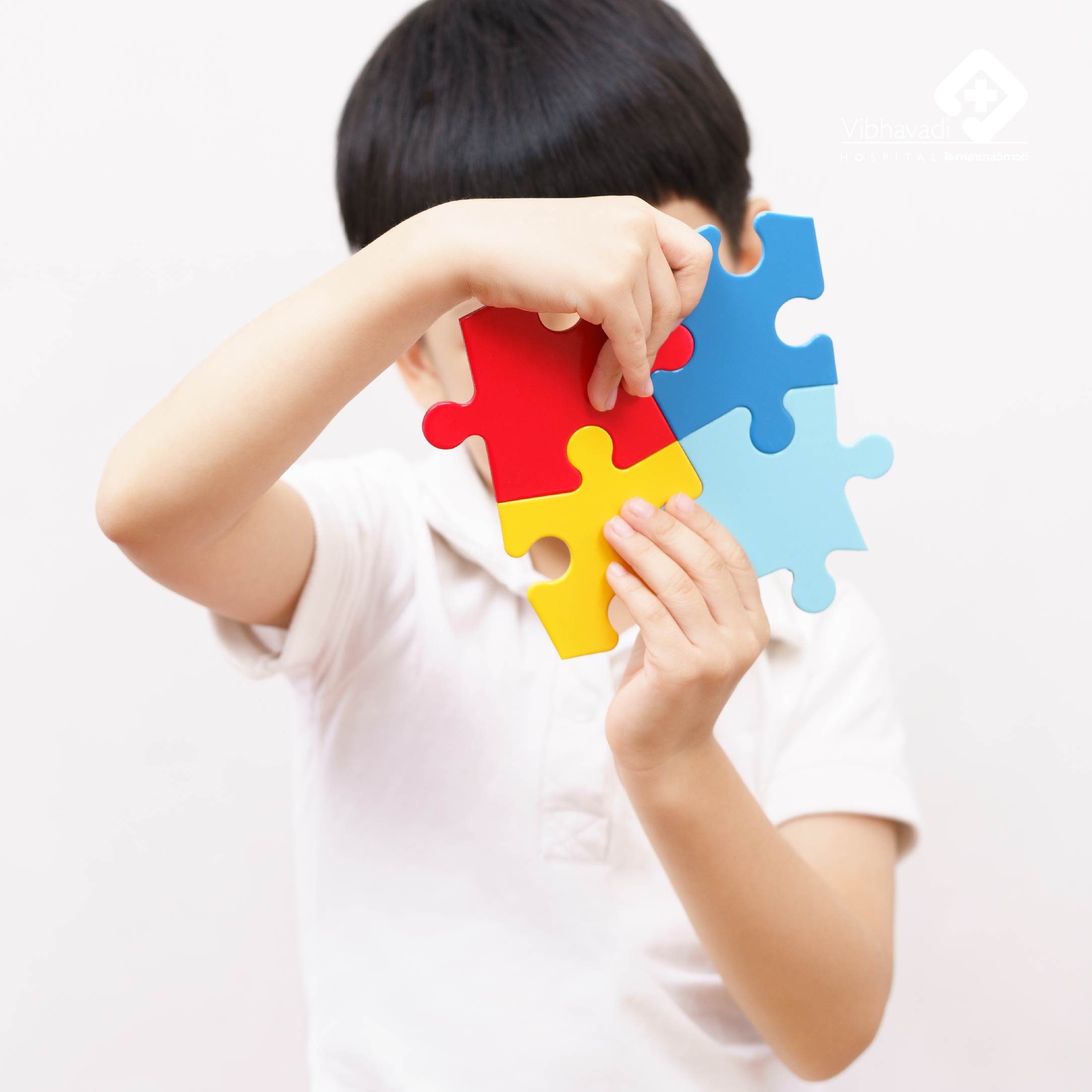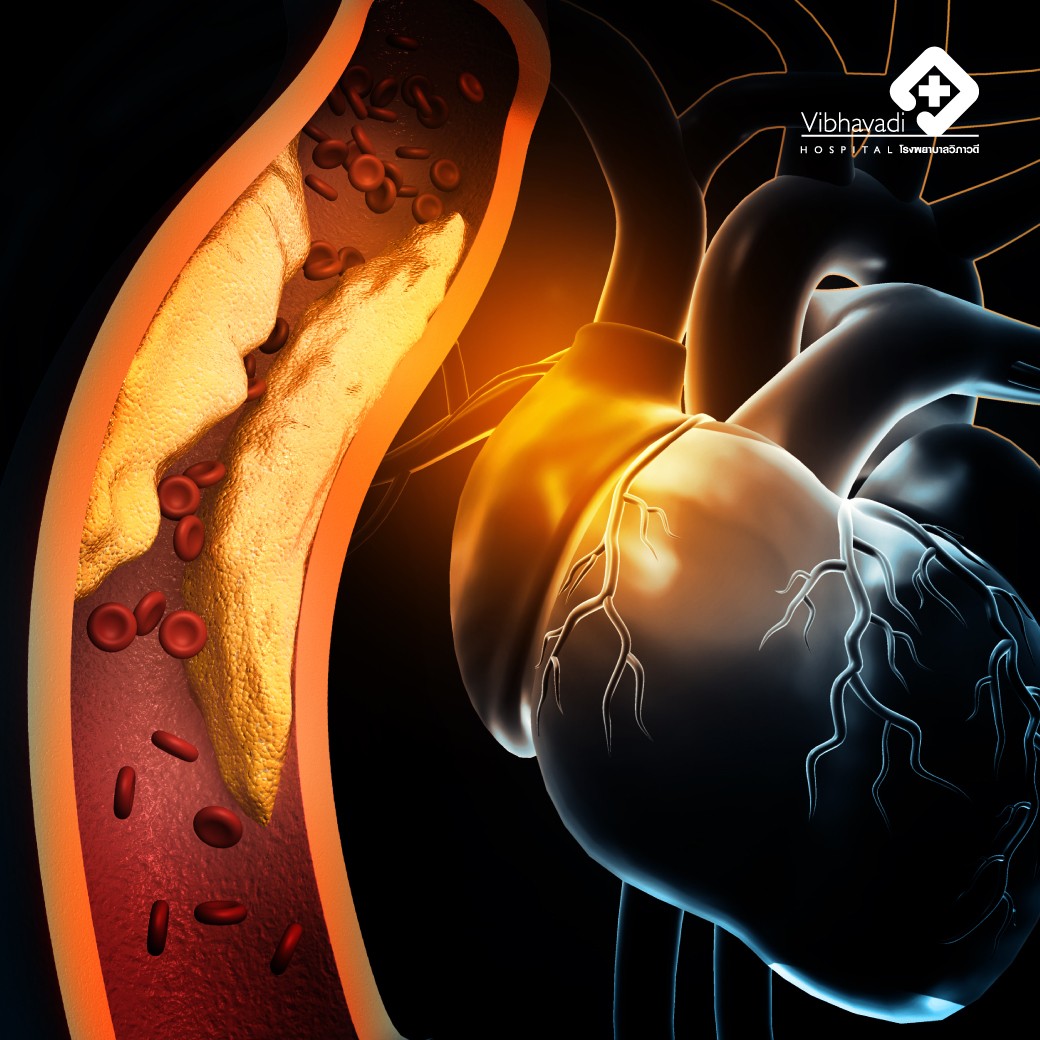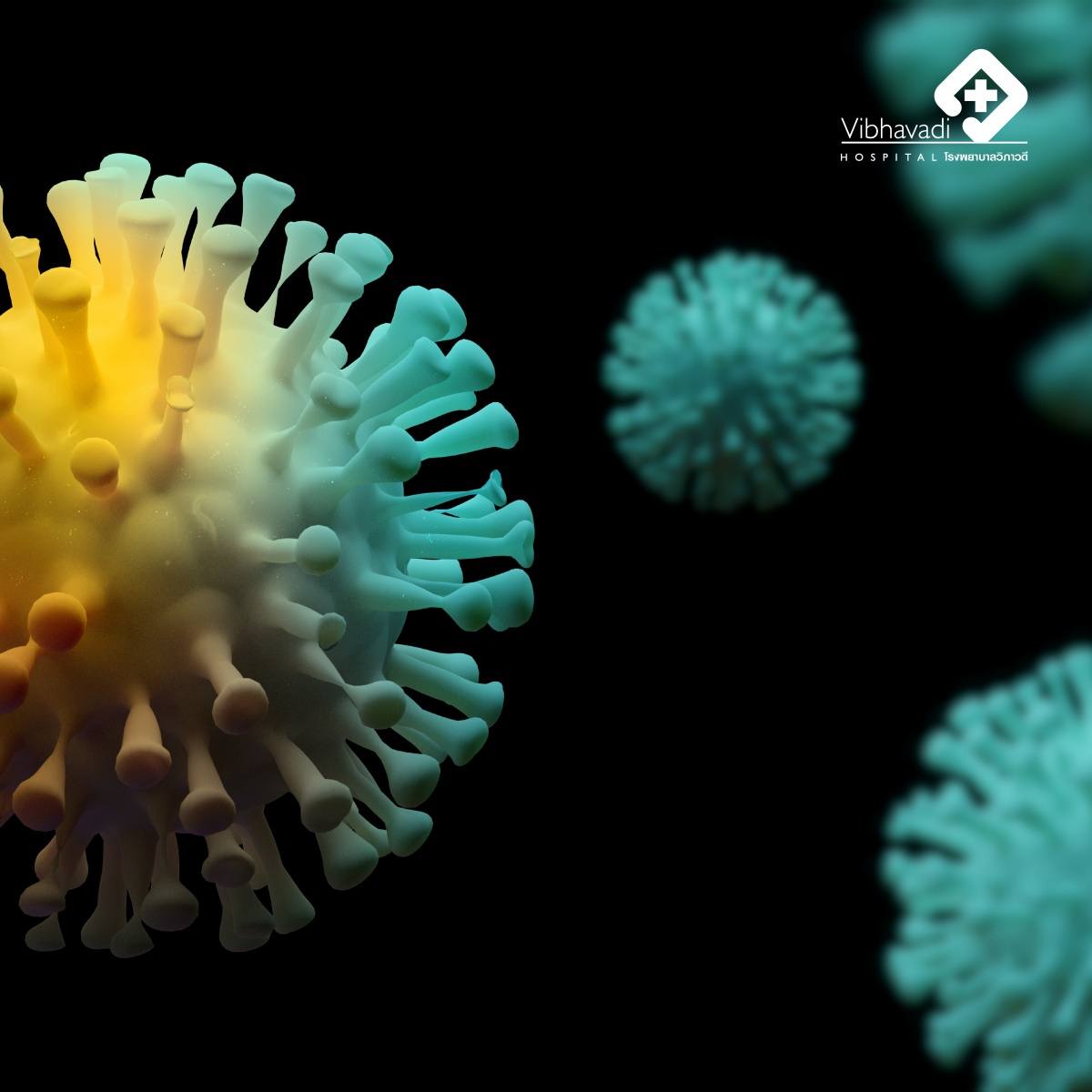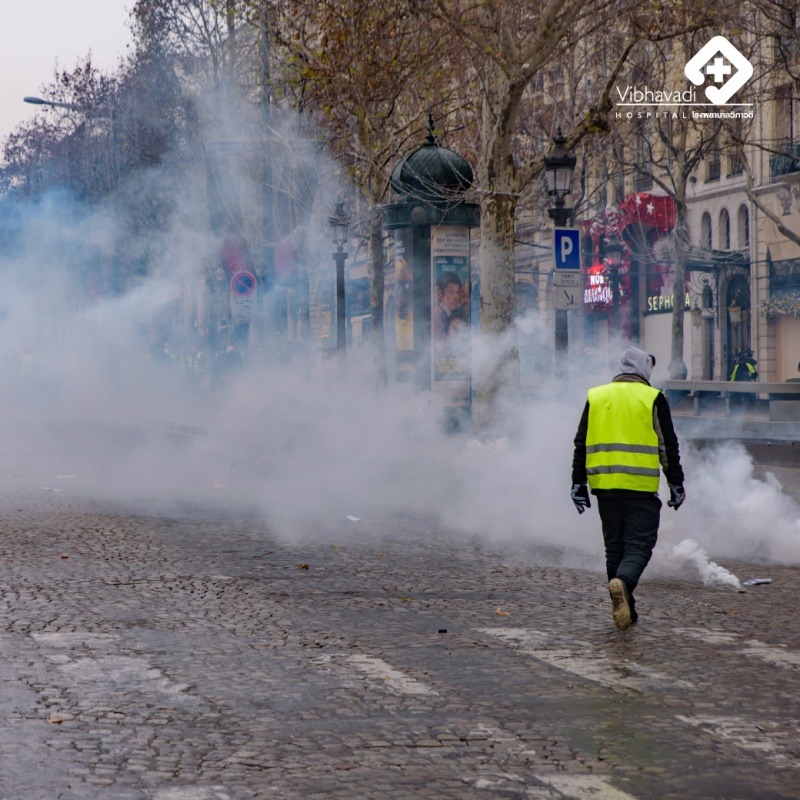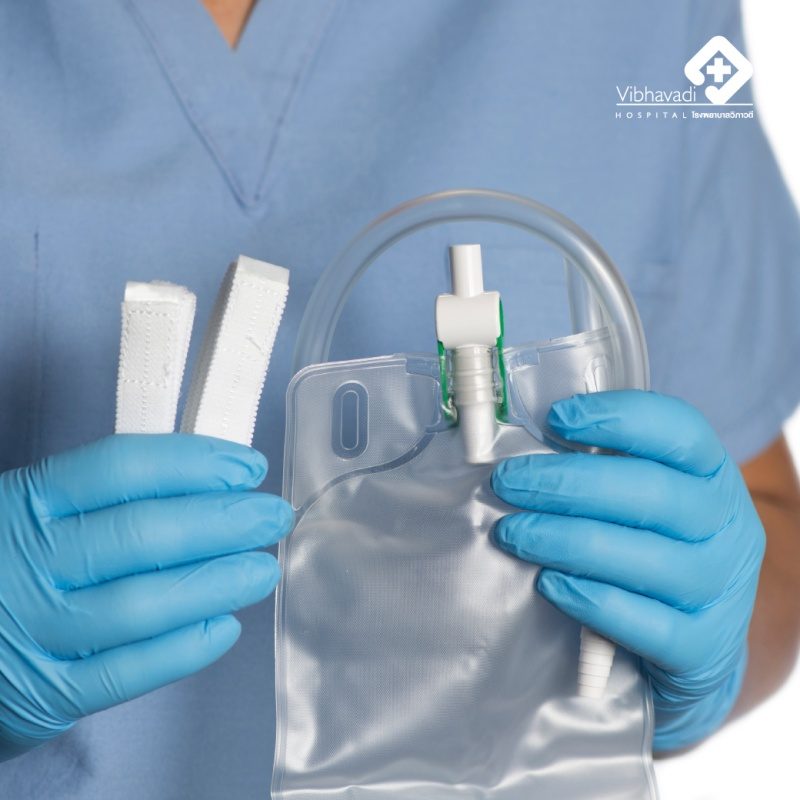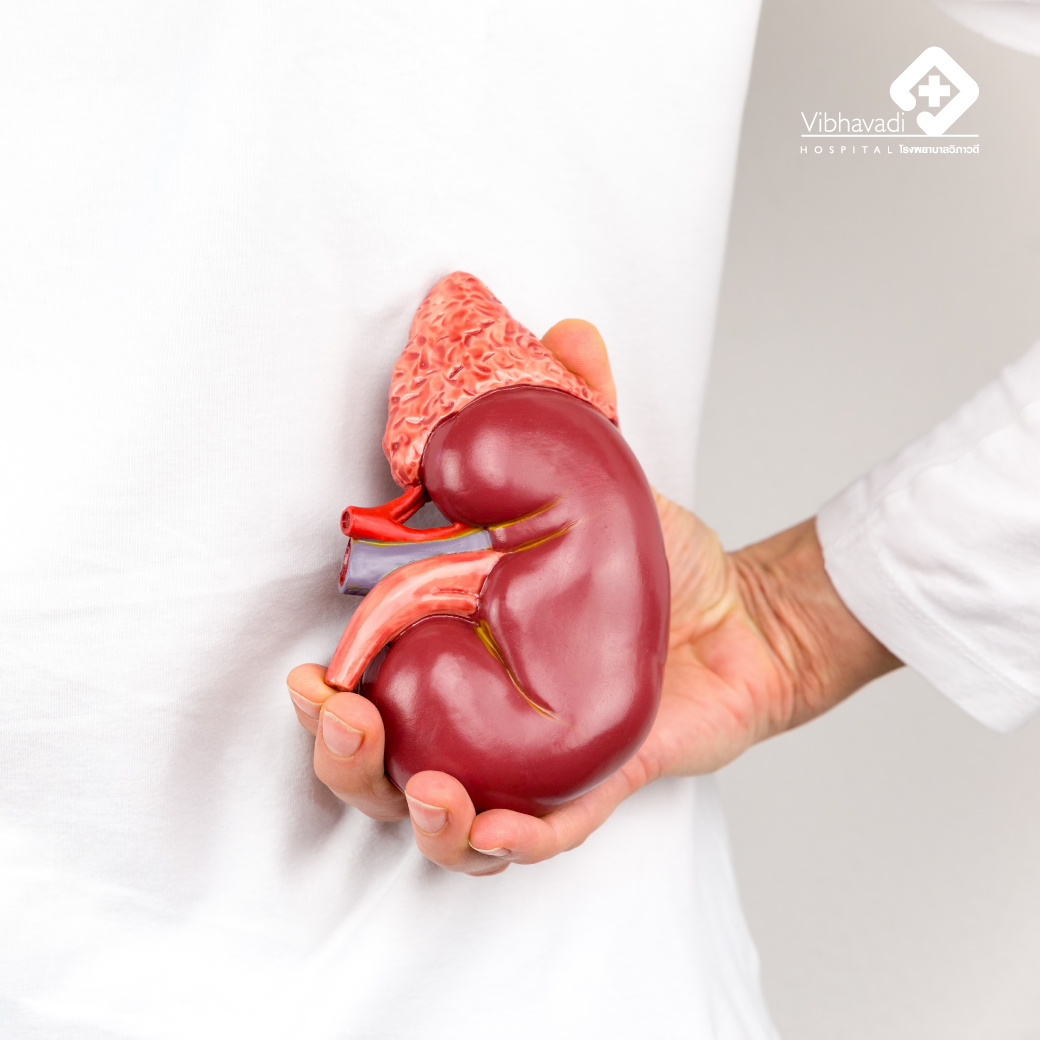Peripheral Nerve Injury
Peripheral Nerve Injury
Injuries to peripheral nerves' distal branches are common issues encountered by medical professionals. Particularly, injuries to the nerves of the hand and arm often present a challenge as they may go unnoticed by the patient. Sometimes, these injuries may not be accurately diagnosed or adequately examined. Consequently, devising a treatment plan, communicating treatment outcomes, and providing patients with proper guidance on self-care become crucial aspects. The recovery time for nerve injuries can vary significantly, ranging from days to months or even years, depending on the severity of the damage.
Having a solid foundation of knowledge regarding nerve injuries, selecting appropriate treatment methods tailored to individual patients, and effectively explaining expected outcomes or changes throughout different stages of recovery can instill confidence in patients, fostering a strong doctor-patient relationship. Moreover, it enables long-term monitoring of treatment progress.
The peripheral nervous system connects with the central nervous system, namely the brain and spinal cord, extending to various parts of the body. This system consists of cranial nerves and spinal nerves, which include the nerves that branch out to the arm and hand. In the arm, these spinal nerves exit the spinal cord through the C5-T1 roots. The spinal nerves comprise:
- Motor fibers that connect to muscle end plates.
- Sensory fibers originating from receptors located in the skin, muscles, tendons, and joints.
- Autonomic fibers that supply blood vessels, sweat glands, and hair follicles.
When examining patients suspected of peripheral nerve injuries, it is necessary to evaluate all three aspects: motor function, sensory perception, and sympathetic nerve activity, which regulates sweat production. Specifically:
- Motor examination involves assessing muscle strength and weakness in the groups of muscles innervated by the injured nerves.
- Sensory examination focuses on evaluating loss of sensation after nerve injury, particularly in the arm and hand. Patients may experience numbness or loss of sensation in the skin supplied by the affected nerves. However, in the chest region, where the nerves form plexuses before branching into the median, ulnar, and radial nerves, the course of the nerves is more distinct.
- Sensibility examination following injury to the peripheral nerves in the arm and hand, the patient will experience a lack of sensation in the corresponding skin areas supplied by the affected nerves. The distribution of sensory loss will be distinct along the nerve pathways, particularly in the arm, as the nerves converge into a plexus before branching out into the median nerve, ulnar nerve, and radial nerve to innervate the arm and hand. The evaluation of sudomotor function in the region supplied by the injured nerve will reveal no sweating within 30 minutes after the injury.
Characteristics of nerves when studied under a microscope:
Each nerve fiber is surrounded by connective tissue called Endoneurium, which contains collagen fibers and blood vessels. Multiple nerve fibers are grouped together into fascicles, surrounded by connective tissue called Perineurium, which is a strong protective covering that helps prevent compression and distension forces on the nerves. It also acts as a diffusion barrier, preventing the passage of solutes into and out of the axons.
Fascicles, which are groups of nerve fibers, are bundled together within the nerve trunk. The nerve trunk is covered by a thick and strong connective tissue called Epineurium, which comprises approximately 60-85% of the cross-sectional area when the nerve is cut.
The Epineurium is further divided into two parts: the external epineurium, which covers the entire nerve, and the internal epineurium, which closely surrounds the fascicle groups in contact with the perineurium. During nerve surgery, the external and internal epineurium are sutured separately.
Nerve microcirculation involves multiple blood vessels that enter the nerves, passing through loose areolar connective tissues and penetrating into the nerves as intrinsic epineurial, perineurial, and endoneurial plexuses. This extensive blood supply ensures adequate nourishment to each individual nerve fiber and facilitates easy nerve separation during surgery by cutting the supplying blood vessels without affecting the flow within the nerve. This allows for the use of free vascularized nerve grafts, utilizing only the blood vessels that supply the nerves.
Stretching the nerves increases the intrafascicular tissue pressure, which affects the blood flow. Lundborg's studies have shown that stretching a nerve by 8% has an impact on venules, and when the nerve is stretched by 15% to increase its length, blood flow in arterials and capillaries stops. Therefore, excessive tension during nerve suturing can affect nerve circulation.
Nerves have the ability to move and slide within the surrounding tissues, such as during wrist, elbow, or shoulder movements. This mobility is important in preventing nerve traction or compression when the hand or arm is in motion.
The excursion of nerves above the elbow during elbow flexion and extension is as follows: the median nerve moves 7.3 mm, and the ulnar nerve moves 9.8 mm. In the region above the wrist, the median nerve moves 14.5 mm, and the ulnar nerve moves 13.8 mm.
Digital nerves at the base of the fingers move 3.1-3.6 mm. The movement of these nerves does not affect microcirculation.
This study helps explain the occurrence of nerve compression and irritation due to edema and fibrosis, which reduce nerve mobility, causing adhesion between the nerves and surrounding tissues. This results in nerve traction and reduced blood flow during hand movements, which progressively worsens over time.
Surgical dissection of nerve fibers must strive to avoid excessive damage to the surrounding tissues as it can reduce the excursion of the nerve fibers.
The interaction between neuronal cell bodies and target organs involves communication in both proximal and distal parts of the neuron through anterograde and retrograde axonal transport mechanisms. End organs are stimulated by nerve cells, while nerve cells receive neurotrophic factors from end organs and Schwann cells through retrograde axonal transport.
Axonal transport, which involves the transmission of substances between cells and target organs, occurs in two forms:
- Fast transport: Nerve cells send membrane proteins, secretory proteins, and peptides to target organs. Nerve growth factor and neurotrophins, crucial for the growth and maintenance of nerve cells, are transported back to the necessary cells, originating from Schwann cells, the skin, and target organs. In cases where there is a lack of nerve growth factor and neurotrophins due to injury, nerve cells can die, especially when the injury occurs close to the nerve cells. The rate of fast transport is approximately 200-400 mm per day.
- Slow transport: This type of transport is essential for the axon's sprouting after injury. The rate of slow transport is approximately 1-4 mm per day, representing the rate of axon sprouting.
The transformation of nerve fibers when severed
When a segment of the nerve fiber is severed from the nucleus, it undergoes degeneration and is destroyed through phagocytosis. The process of degeneration in the distal end of the nerve fiber, which is severed from the nucleus, is referred to as Wallerian degeneration or secondary degeneration. Changes occur in the portion above the region of loss and are known as primary, traumatic, or retrograde degeneration.
When an axon is severed, there is a complete transformation of the axon's distal end. Electrical stimulation does not elicit a response after the injury for 18 to 72 hours. After 2 to 3 days, the axon undergoes progressive degeneration and shrinks into small fragments. By day 7, macrophage cells come in and consume the fragments of the axon, which are completely cleared within 15 to 30 days. Schwann cells proliferate and replace the axon and myelin sheath. Primary or retrograde degeneration occurs at least in one node of the nerve fiber, depending on the severity of the injury. The changes and transformations resemble Wallerian degeneration.
On day 7 after injury, noticeable changes occur in nerve cells. There is swelling of the cytoplasm and nucleus, and they may be displaced to one side (eccentric placement). The nerve cell may die or recover to repair the damaged area, with clear changes observed 4-6 weeks after injury, when the swollen nucleus will return to the center.
Within the first 24 hours after injury, axons may sprout in the area of damage, provided that the distal end has not been severed or separated. The axon will then grow in the same direction towards the target organ, influenced by neurotrophic substances at the end of the nerve fiber. This process is called axonal growth and orientation.
Lundborg conducted experiments utilizing the Y chamber within a Silicone block, connecting it to both ends of the Sciatic nerve, followed by nerve graft and tendon graft. It was observed that nerve structures grew into the ends of the nerve graft while being composed of small, interconnected tissue fibers merging with the tendon graft.
Cellular repair versus cellular proliferation
When a nerve is severed, it loses its axoplasmic content and the distal ends that have been cut off. Axon regeneration involves the regrowth of axoplasm from the original nerve cells, without an increase in the number of nerve cells. In the area surrounding the severed nerve, there is an increase in connective tissue cells, resembling the characteristics of local wound healing processes.
The classification of nerve injuries according to Seddon includes three types:
- Neurapraxia: This is a physiological condition where there is no alteration in the nerve itself.
- Axonotmesis: The axon is disrupted, but the nerve sheath remains intact, resulting in degeneration of the distal portion.
- Neurotmesis: The entire nerve, including its fibers, is completely severed. Sunderland classified nerve injuries based on their severity, ranging from Grade 1 to 5.
Important physical examinations after a nerve injury:
Examining the physical condition of a patient to ensure there is no nerve injury can sometimes be challenging. If the patient does not cooperate, the examiner may overlook certain signs. In some cases, physical examinations may yield inaccurate results due to variations in the nourishing nerves or tricks in movement. For instance, when asking the patient to straighten their fingers, if they are unable to do so and instead bend their wrist, it becomes evident that they cannot fully extend their fingers.
A missing digital nerve may go undiagnosed if not suspected or thoroughly examined. When a flexor tendon is missing in the hand, one should suspect the absence of a digital nerve, either partially or entirely. Sensation at the fingertips must be assessed, and when performing surgery, the incision should expose the nerve to determine its normalcy.
Examining the Radial nerve involves assessing sensation on the back of the hand, specifically in the webbed area between the thumb and index finger. To assess motor function, the patient is asked to flip their hand, causing the thumb to extend away from the palm. If the patient can perform this action, clearly revealing the EPL tendon, it indicates a normal Radial nerve.
When examining the Median nerve, sensation at the fingertip (autonomous zone) is evaluated. If sensation is normal, it indicates an intact nerve. The Abductor Pollicis Brevis muscle is also examined by having the patient spread their thumb perpendicular to the palm while the examiner observes movement and palpates the muscle. If there is muscle contraction, it indicates a normal Median nerve.
To examine the Ulnar nerve, sensation in the autonomous zone at the pinky fingertip is evaluated. Additionally, the motor function of the Dorsal Interossei muscles is tested by having the patient place their hand flat on a surface and move the middle fingers sideways on both sides without lifting them. If this action can be performed, it indicates a normal Ulnar nerve.
The treatment of nerve injuries depends on the severity of the injury within the Neurapraxia group, or Grade 1, and Axonotemesis, mostly Grade 2 and 3, where surgical intervention is not necessary. In the Neurotemesis group, or Grade 4 and 5, if surgery is not performed, the treatment outcomes are not favorable.
Therefore, it is important to consider how severe the injury is and whether surgical intervention should be performed promptly or avoided if unnecessary. Unnecessary surgeries should be avoided because they may cause further severe injuries or delay surgery in cases where immediate intervention is required, resulting in weakened muscles and unfavorable surgical outcomes.
Non-surgical treatment aims to prevent joint stiffness, protect the insensate skin from developing wounds, and maintain good muscle function and strength. Indications for surgical treatment in cases of nerve injury, such as Neurotemesis, Neurapraxia, and Axonotemesis caused by compression, for example, by pulling the bone into the site of humeral fracture that compresses the radial nerve, include surgical repair of the nerve or correction of the underlying cause of the injury from compression, which helps restore nerve function.
The important indications are as follows:
- Visible nerve gap when the sheath is sharp near the nerve.
- Severe injuries, such as explosions, should be debrided, and the nerve should be examined for planned nerve repair after a clean wound without infection.
- Non-penetrating injuries or deep-penetrating wounds, such as stabbings or gunshot wounds, should be treated, and the nerve should be monitored to see if it will recover within an appropriate time frame, usually within 3-6 weeks. If there is no reinnervation of the muscle supplied by the injured nerve, surgical treatment should be considered.
- In cases where the bone is pulled into the socket, causing nerve injury, especially in cases of oblique humeral fractures where the radial nerve passes through the fracture site, it may be compressed by the bone. In such cases, surgical treatment should be performed promptly.
The timing of surgery for nerve injury following trauma:
Surgical intervention for nerve injury should ideally be performed within 6-8 hours in cases where the wound is clean and the edges are well approximated, a technique referred to as primary repair. If all the necessary conditions are met, including experienced surgeons, an operating room, surgical instruments, a microscope, or a loupe, the procedure should be promptly carried out. However, if the conditions are not met or there is no experienced surgeon available, the surgery may be delayed to 5-7 days, still considered as primary repair. This is because nerve repair should be performed optimally during the first instance, as "first repair must be the best repair possible."
Surgical intervention performed between 7-18 days is termed delayed primary repair. This may involve waiting for the patient's condition to be suitable for surgery or dealing with areas where the nerve is absent but without signs of infection. If the surgery is performed after 18 days or three weeks, it is referred to as secondary repair. In such cases, neuroma and glioma at the nerve endings are often addressed, and issues related to the presence of gaps between the nerve endings are addressed.
The steps involved in nerve surgery are as follows:
- After opening the wound to locate the nerve, it is advisable to start from a good area close to both ends of the nerve and then identify the nerve stumps. This approach makes it easier and avoids cutting blood vessels near the area of nerve absence, where there is significant scar tissue.
- Preparation of the nerve stumps involves cutting the ends of the nerves until clear fascicles without scar tissue are visible. This preparation allows for the proper connection of the nerve.
Identification of Motor and Sensory Fascicles:
When reconnecting a digital nerve that contains only sensory fibers or a nerve that solely innervates muscles (motor fibers), there is no issue with switching groups. However, when dealing with a mixed nerve that contains both motor and sensory fibers, the outcome of switching groups is less predictable. Therefore, to achieve desirable outcomes, it is important to select the appropriate approach for reconnecting the nerve, either maintaining the nerve in its original group or mixing motor and sensory fibers together.
Various techniques can be employed for nerve repair based on specific factors:
- Anatomic technique: This technique can be used during primary repair if the nerve groups and the blood supply are clearly visible.
- Electrophysiological method: This method should be performed within 2-3 days after injury, as stimulating the distal part of the nerve beyond this timeframe may not yield results due to nerve degeneration.
- Histochemical parameter: This involves examining both nerve stumps and assessing the presence of acetylcholine esterase on the cut surface of the stumps. This helps to categorize motor fibers into appropriate groups.
Methods of nerve suturing:
- Epineurial Neurorrhaphy
- Group Fascicular Neurorrhaphy
The choice of suturing method does not significantly affect the treatment outcome. It depends on the nature of the nerve stump. The most appropriate approach should be considered based on the principle of suturing the nerve fibers together correctly, ensuring that there is no scar or tension in the nerve endings.
For primary repair, epineurial repair is chosen when the nerve stump is not clearly divided into distinct groups. If the nerve stump is clearly divided, group fascicular repair is performed.
- Partial Neurorrhaphy is performed when a portion of the nerve is missing. The nerve fibers that are intact are separated from the neuroma, and the neuroma is excised. Then, the missing part is sutured, allowing the good nerve fibers to bend without the need for further excision.
When both ends of the nerve are far apart:
- Mobilization: Nerve mobilization is done after 3 weeks. The neuroma is excised until good fascicles are visible, creating a gap between the nerve stumps. Both ends of the nerve can be dissected, and blood vessels near the stump can be cut to facilitate the alignment of the nerve ends.
- Position of the extremity: When suturing the median nerve or ulnar nerve near the wrist or elbow, the elbow flexion should not exceed 90 degrees, and wrist flexion should not exceed 40 degrees. This helps in the successful nerve suturing. Excessive flexion of the elbow or wrist after the procedure may cause problems in joint extension, hindering normal working or resting positions, as it may not allow the nerve to stretch properly.
- Transportation of Ulnar Nerve: If the ulnar nerve is missing near the elbow, and even after flexing the elbow, the nerve cannot be sutured, it can be transposed to the front of the elbow. This allows for nerve suturing and enables flexion and extension of the elbow.
- Bone Resection: When the nerve is missing along with a fractured humerus, in the case of a comminuted fracture, the fractured ends of the bone may be trimmed evenly to facilitate nerve suturing. Bone resection is not performed if there is no bone fracture.
- Nerve Grafting: Excessive tension during nerve suturing can lead to impaired microcirculation in the nerve. In such cases, nerve grafting is used to address the issue. Sural nerve graft is commonly used due to its minimal donor defect and its availability in lengths of 30-40 cm.
Postoperative Evaluation of Nerve Transection Using the Medical Research Council System
End-to-side nerve suture procedure:
Reports on surgical procedures have emerged, involving the connection of the distal portion of the missing nerve to a nearby donor nerve through an end-to-side approach. This technique demonstrates comparable outcomes to the standard method, with no deficits observed in the donor nerve. The advantages of the end-to-side nerve suture procedure lie in its simplicity, as it eliminates the need for nerve grafts and accelerates nerve recovery time. It serves as an alternative approach when the nerve deficit is substantial, although long-term outcomes and the efficacy across multiple institutions should be carefully considered.
References:
- Birch R. Nerve repair. In: Green's DP. Green's Operative Hand Surgery. Fifth edition. Vol. 1. Churchill Livingstone, 2005; 1075-1112.
- Jobe MT. Nerve Injuries. In: Terry Canal. Campbell's Operative Orthopaedics. Volume 4. 9th edition. St. Louis: Mosby, 1998; 3429-3444.
- Jobe MT and Wright II. Peripheral Nerve Injuries. In: Terry Canal. Campbell's Operative Orthopaedics. Volume 4. 9th edition. St. Louis: Mosby, 1998; 3827-3852.
- Lundborg G. Nerve Injuries and Repair. Churchill Livingstone. New York, 1988.
By Dr. Virayut Chaopricha
Orthopedic Surgeon at Vibhavadi Hospital



